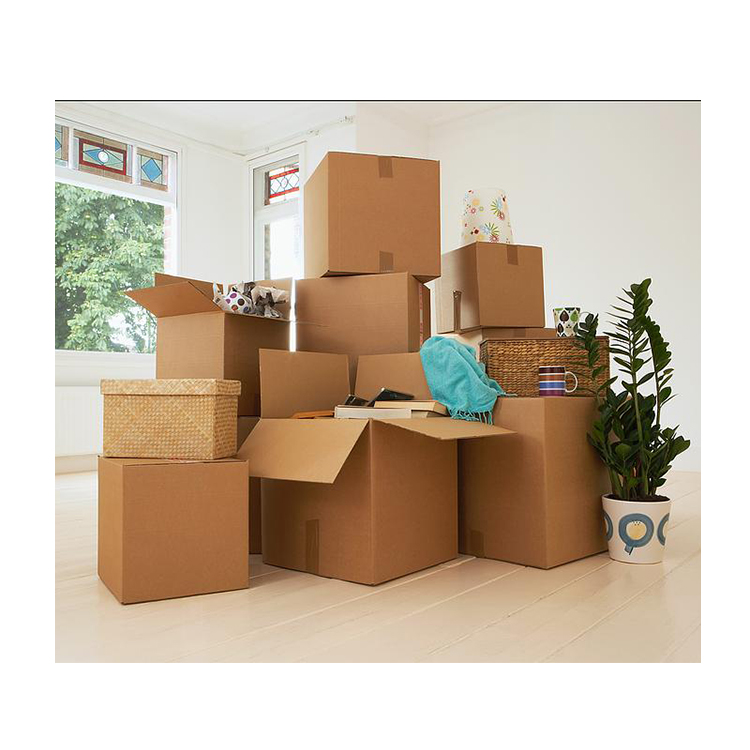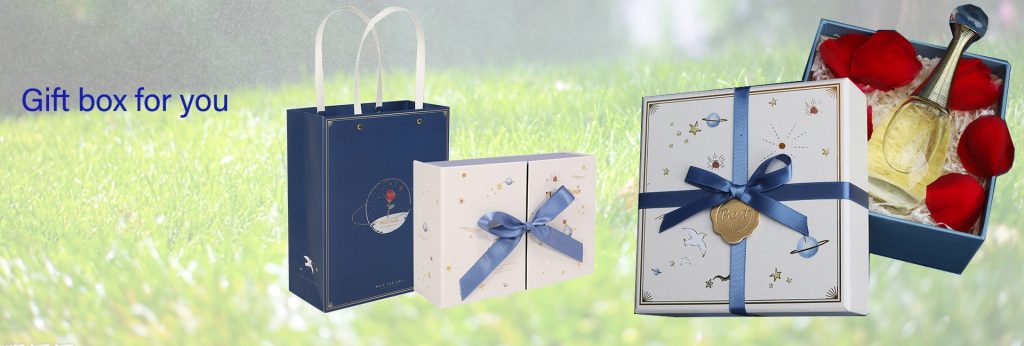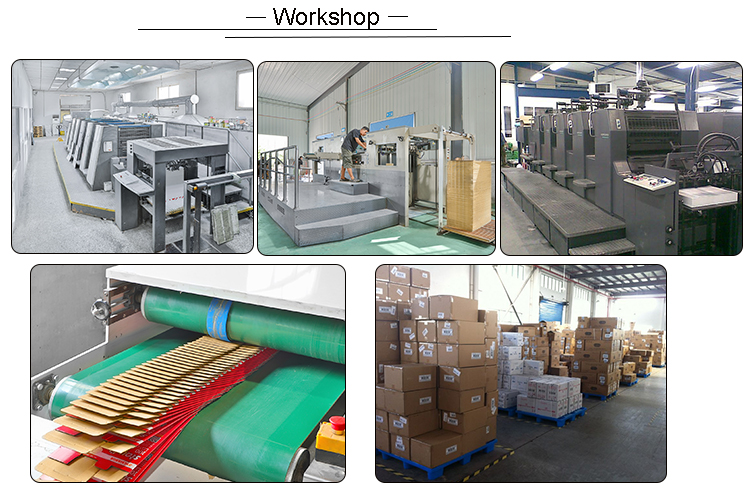When you ask for the specification of a corrugated boxes to a supplier, the format in which you receive it will look like this: Paperweight, outer liner paper, walls of the box with its flute type, inner liner paper.
Paper Weight:
Usually, the weight of the paper is specified in the terms of grams per square meter (gsm). In the manufacture of standard cartons, the paper used is generally of 125 gsm to 150 gsm. If the box is used for heavy-duty purposes such as export, paper weighing 300 gsm is used.
Outer liner:
The paper outside the box is called the outer liner paper. Typically, the outer liner paper is generally made up of virgin craft paper. But these days, the composition also contains about 12 % of recycled material.
Inner Liner:
Inner liner paper is the one that is used on the inside of the box. It is completely made up of recycled material, virgin board, a mixture of newspaper waste, and more as such. Though this may not seem as appealing and strong as the outer liner paper it has an advantage of reducing the weight of the box considerably, being environment friendly and fully recyclable.
The strength of a corrugated boxes starts with its material. A box’s strength is relative to its density. The more walls a box has, the stronger it will be. The manufacturer’s stamp inside the box usually states a single wall, double wall, or triple wall to let you know the strength of the box. This stamp also states that the box meets or exceeds the U.S. Department of Transportation’s criteria. Use a single wall box when the contents weigh less than 65 lbs for multiple items. If you are packaging heavy items, a regularly-sized single wall box can hold about 45 lbs total.
Depending on the size of the box, a single wall corrugated box can hold between 20 lbs and 120 lbs, a double-wall corrugated box can hold between 80 lbs and 180 lbs, and a triple wall corrugated box can hold between 240 lbs and 300 lbs. The maximum gross weight limit is printed on the box maker’s certificate on the bottom flap of most boxes.

According to the Oak Ridge National Laboratory, the outside of the corrugated box must have a water absorption rate not higher than 155 grams per square meter, tested over a thirty-minute period. Finished boxes should also be free of ragged edges, loose or protruding stitching, dirt, or oil stains. Typically the corrugated medium is just under 0.03 pounds per square foot. Linerboard constitutes the bulk of the bursting strength of a corrugated sheet. In regards to shipping a box, it is always weighed with its contents. Most shipping companies have guidelines as far as the size of the box and the weight of its contents. Purchasing a corrugated box is six percent of the total purchase of the item, including any potential delivery or shipping fees.
• There are usually two tests conducted to measure the strength of the box: the burst strength test and the edge crush test.
The burst strength for a single wall corrugated box sized 40 inches in dimension can withstand up to 125 lbs before bursting; a 50-inch box in dimension can withstand up to 150 lbs before bursting, and a 60-inch box in dimension can withstand 175 lbs.
In a double-wall corrugated box, an 85-inch box in dimensions has the minimum burst strength of 200 lbs. In a box with the dimensions of 95 inches, the minimum bursting test is at 275 lbs.
In a triple wall corrugated box, a box with the dimensions of 110 inches, hits the minimum burst test at 700 lbs, and a box with the dimensions of 115 inches has the minimum burst test at 900 lbs.
• The second test conducted to measure the strength of the box is the edge crush test, a performance test, directly relating to the stacking strength of a carton. A minimum of 6 bursts must be made, 3 from each side of the board.
In single-wall corrugated fiberboard boxes, the maximum weight of the box and its content is 20 lbs. The maximum outside dimensions are 40 inches, and the minimum edge crush test is 23 lbs per width.

In a double-wall corrugated fiberboard box, the maximum weight of the box and its content is 80 lbs, the outside dimensions were 85 inches, and the minimum edge crush test is 42 lbs per width.
In a triple wall corrugated fiberboard box, the maximum weight of the box and its content is 240 lbs in a box with dimensions of 110 inches, and the minimum edge crush test 67 lbs per width. Corrugated boxes can come in many different shapes and sizes, so it is easy to find a box that fits your needs. Unless otherwise specified, box sizes are always measured using inner dimensions. The length of the sides is the length and the shorter is the width. Use a tape measure to determine length from one box wall to another. The size of your content usually determines the need for the inner box dimensions.
The parameters are measured by multiplying the length by the width by the depth of the box. Corrugated cardboard has a great environmental record. Made from a renewable resource, it is manufactured using high percentages of secondary fiber, diverting these materials from solid waste. If cardboard has not been wet, dirty, or damaged, it is permitted to use it in clinical areas. Environment and climate may have effects on pests and contamination on corrugated cardboard boxes.
What are the flute types used in the construction of corrugated boxes?
Board corrugation or flutes refers to S-shaped arches or waves of the corrugated box, present between the boards. These flutes, which run parallel to the surface of the corrugated board play a vital role in giving the box its strength and rigidity. In addition to this, flutes also help in regulating the temperature within the box.

Here are the types of flutes that are used in corrugated boxes :
B FLUTE :
It has a thickness of 1/8″.
It has 40-50 flutes per foot.
It gives the second-highest arch size.
It provides greater crush resistance and stacking strength.
It is generally used in the packing of canned goods and displays.
C FLUTE :
It has a thickness of 11/64″
It has 39-40 flutes per foot.
It forms a medium between type A flute and type B flute.
It is the most common type of flute used in corrugated boxes.
This type of flute also exhibits good cushioning, stacking and printing properties.
It is used in the packaging of furniture, glass and dairy.
E FLUTE:
It has a thickness of 1/16″
It has 94 flutes per foot.
It makes the board extra thin in turn reducing its weight and size.
It imparts the best crush resistance.
It is an excellent choice for printing purposes, making it a good choice for die-cut custom boxes.
https://youtu.be/-xEjQJhiHfc
Hongdu Paper Co., Ltd is a professional corrugated box manufacture in the North of China. We have advanced equipment and a professional designing team providing high-quality service to you. We will ensure you the high-quality customized corrugated boxes, the short production period with a large order, the accurate delivery time, and the sincere service. Hope to cooperate with the same powerful business partner like you.
Hongdu Paper, the name that you can trust. As a vital professional paper packing manufacturer in China, we warmly welcome your visit to our factory and talk business face to face! We are at your disposal all the time.

 By Sofier
By Sofier



